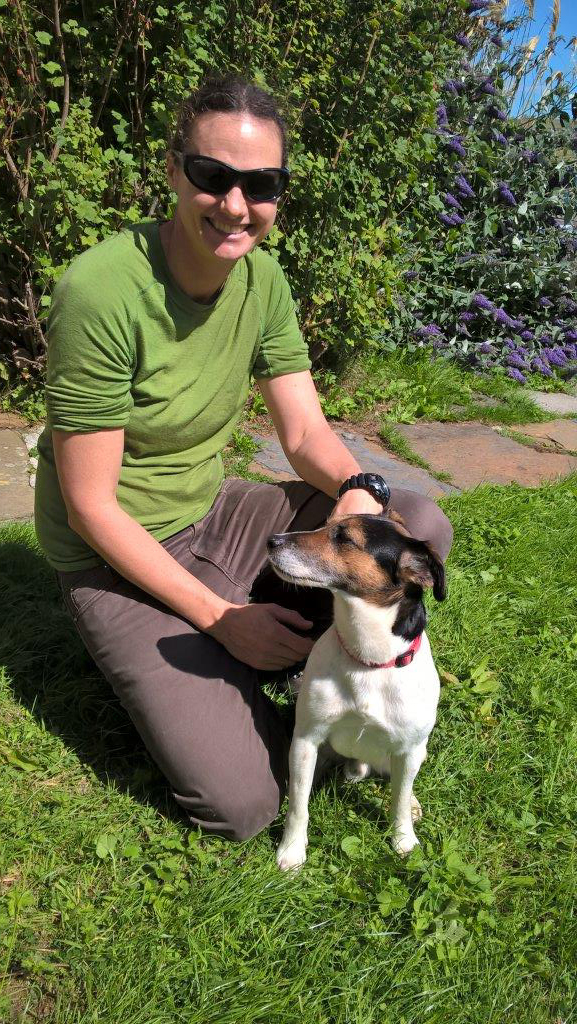A team of specially-trained detection dogs – the first of their kind in the country – are to be tasked to sniff out stoats on Orkney.
The iconic islands has nearly a fifth of the UK’s breeding hen harriers, is host to internationally-important numbers of seabirds, and is one of the few places in the UK where waders such as curlews are a common breeding species.
It is also home to the Orkney vole, which is found nowhere else in the world.
Stoats are native to the UK mainland, but not to Orkney – where they were first reported in 2010 and now pose a very serious threat to the local wildlife.
Diamond Meltdown: Click here for your chance to win a ring worth £1000
In a UK first, RSPB Scotland is seeking to build up a local team of specially trained dogs and handlers to help eradicate the stoat from the islands.
It is part of the Orkney Native Wildlife Project, which works with local communities, schools, tourism groups, farmers and land managers to tackle non-native species.
Later this year, they will be setting more than 7,000 trap boxes – containing humane lethal traps – to prevent stoats spreading.
But specially-trained dogs will also play a key role in the project. They will be trained to simply target the signs and smell of stoats to locate them – and will not attempt to catch any stoats or react to the presence of other species or livestock.
An RSPB Scotland spokeswoman said: “Stoats are notoriously difficult to detect particularly when they are at low densities.”
As a result they want to build a squad of specially-trained conservation detection dogs and handlers, to systematically search for signs and the scent of stoats.
It comes on the back of a visit last year by a stoat detection dog, Macca, and handler, Angela Newport, who were contracted to support the project by conducting the first set of checks on ‘high-risk’ islands.
Macca has been rigorously trained to the highest standards similar to those used to train drug or “sniffer” dogs.
The difference is that Macca has learned to sniff out all signs and scents of stoats and indicate this to his expert handler.
Macca was used initially because conservation detection dogs take years of training, but the project team now want their own dogs.
They are seeking to obtain the services of an experienced conservation dog trainer with a proven track-record in training working dogs for the purposes of scent-detection work.
The project will train up to six dogs to be paired up with a dedicated handler.
RSPB Scotland is currently seeking an expert to take on the contract, with a deadline date of February 28.
Seeking out stoats
A team of sniffer dogs specifically being trained to seek out stoats would be a first in the UK.
However, there are some other conservation detection dogs in use, including those trained to find live great-crested newts, dead bats under wind turbines, and others have been used to search for evidence of animal poaching.
Dogs are used in a variety of other ways around the world, from medical detection dogs to bomb detection dogs.
The stoat-detecting dogs must be trained to locate the target species by indicating sign, scent, live or dead animal, and must be trained to not react to non-target species.
The project is looking for a mix of breeds and sizes of dogs.
Smaller dogs, such as small terriers or spaniels, are better suited for inspecting loads, vessels and vehicles.
Larger breeds, such as large spaniels or Labrador retrievers, are better suited for covering large areas of land, particularly in the moorland habitat.
An RSPB Scotland spokeswoman said the arrival of stoats posed “a very serious threat to Orkney’s native wildlife”.
In particular, they are a threat to the Orkney vole, hen harrier, short-eared owl and other ground nesting birds such as red-throated divers, Arctic terns and curlews.
She said these were “internationally important and upon which Orkney’s thriving wildlife tourism industry relies”.
